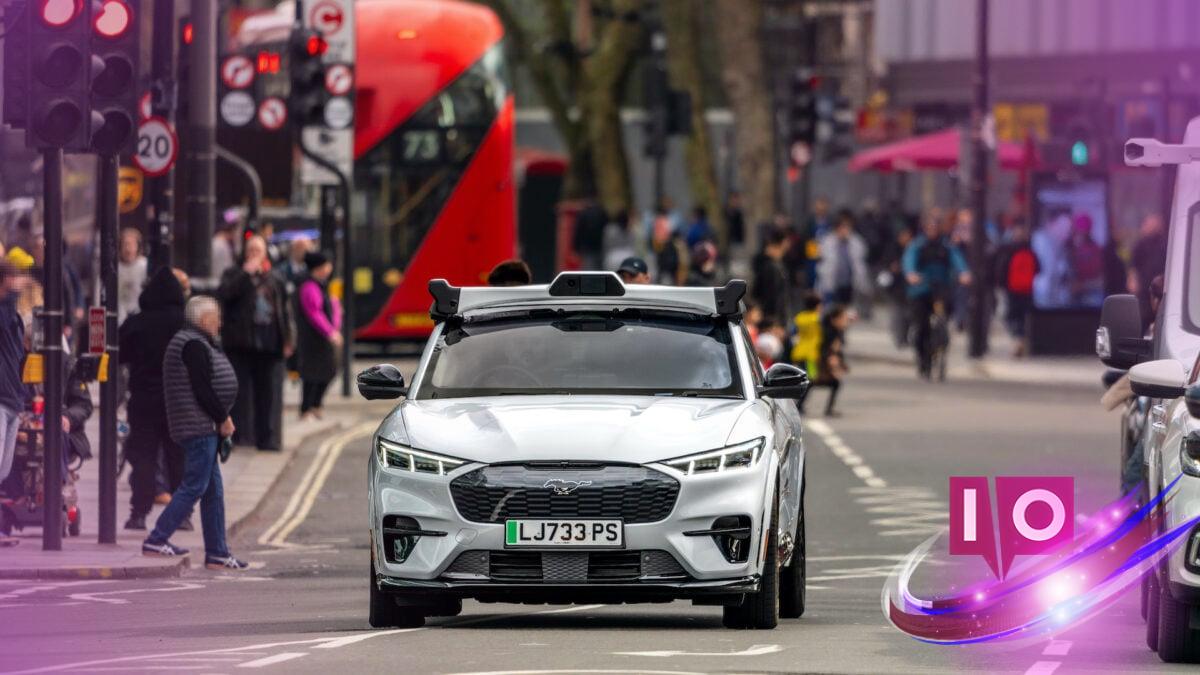Nvidia is in discussions to invest $500 million (approximately €460 million) in Wayve Technologies, a self-driving car startup based in London. This exciting development signifies Nvidia’s commitment to advancing autonomous driving technology.
As the dream of fully autonomous vehicles becomes increasingly tangible, it’s important to recognize the progress being made. Companies like Waymo have already deployed robotaxis in various U.S. cities, Tesla is trialing its service in Austin, and Amazon’s Zoox has introduced taxis in Las Vegas that operate without steering wheels or pedals.
Uber’s CEO, Dara Khosrowshahi, recently remarked at the All-In Summit that there might be more driverless taxis than human-driven ones within the next 10 to 15 years, given the rapid advancement of driverless technologies.
Nvidia is keen to enhance its involvement in the race for autonomous vehicles. The discussions regarding the investment follow Nvidia CEO Jensen Huang’s recent visit to the U.K. with President Trump, where he pledged over $2 billion towards AI startups in the country.
Huang expressed optimism about the U.K.’s potential in AI, describing it as a “Goldilocks moment.” He noted, “There has never been a better time to invest in the U.K. — AI is unlocking new science and shaping new industries.” This kind of investment could catalyze groundbreaking developments in artificial intelligence.
Understanding Wayve’s Innovations
So, what makes Wayve such an attractive prospect for Nvidia?
Founded in 2017, Wayve specializes in autonomous-driving software branded as “Embodied AI.” This innovative technology learns by observing real-world traffic patterns using cameras and machine learning algorithms, thus eliminating the need for the exhaustive mapping that many of its competitors depend on.
Rather than manufacturing its own self-driving vehicles, Wayve focuses on creating adaptable software that can be applied to a variety of vehicles, from passenger cars to delivery vans.
Wayve has already attracted significant partnerships, including a plan with Nissan to integrate its technology into driver-assistance systems by 2027. Additionally, Uber announced plans for public road trials of completely driverless cars in London utilizing Wayve’s software.
With over $1 billion raised in a funding round last year, led by SoftBank and including investments from Nvidia and Uber, Wayve is poised for considerable growth. Recently, Nvidia reiterated its commitment by signing a letter of intent to further explore investment in Wayve after years of collaboration. The upcoming Gen-3 platform from Wayve is set to operate on Nvidia’s DRIVE AGX Thor hardware.
Wayve co-founder and CEO Alex Kendall stated that Nvidia’s backing amplifies their vision to revolutionize mobility around the globe.
What does this investment mean for the future of autonomous vehicles? As Nvidia deepens its partnership with Wayve, we can expect groundbreaking advancements in the self-driving space.
Can Wayve’s technology truly replace traditional driving methods? Given its innovative approach and the proven interest from major industry players, it’s likely that Wayve could pave the way for more efficient, AI-driven transportation solutions.
How soon will we see Wayve’s software in real-world applications? With partnerships already established and funding secured, tangible applications will likely emerge in the coming years.
Is Nvidia’s investment a game changer for the self-driving industry? Absolutely. This move underscores the increasing importance of AI-driven technologies and could spur further growth in the sector.
If you’re intrigued by the evolution of autonomous vehicles and their implications for the future, consider exploring more about these developments. Join the conversation around innovative transportation solutions and stay updated on the latest trends by visiting Moyens I/O.
